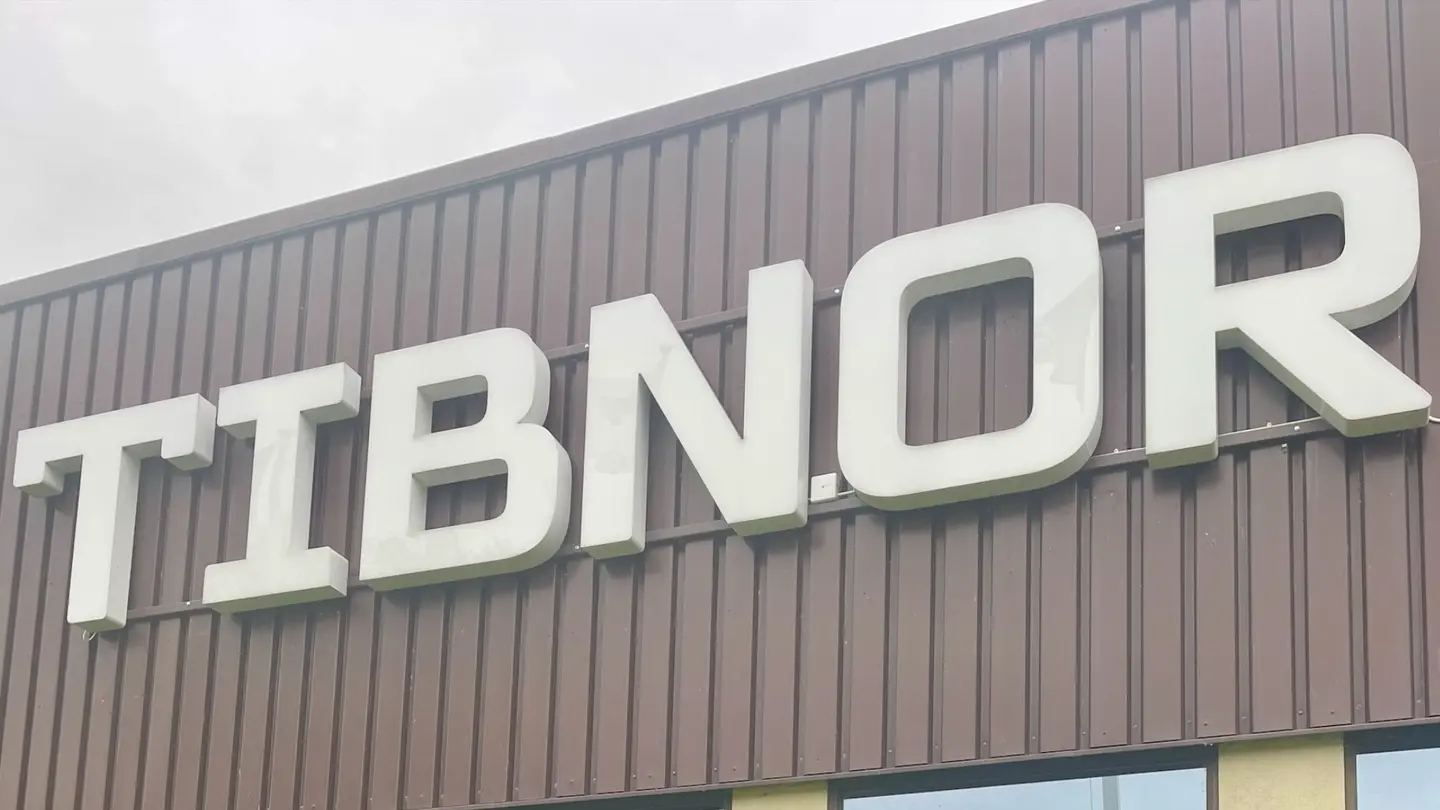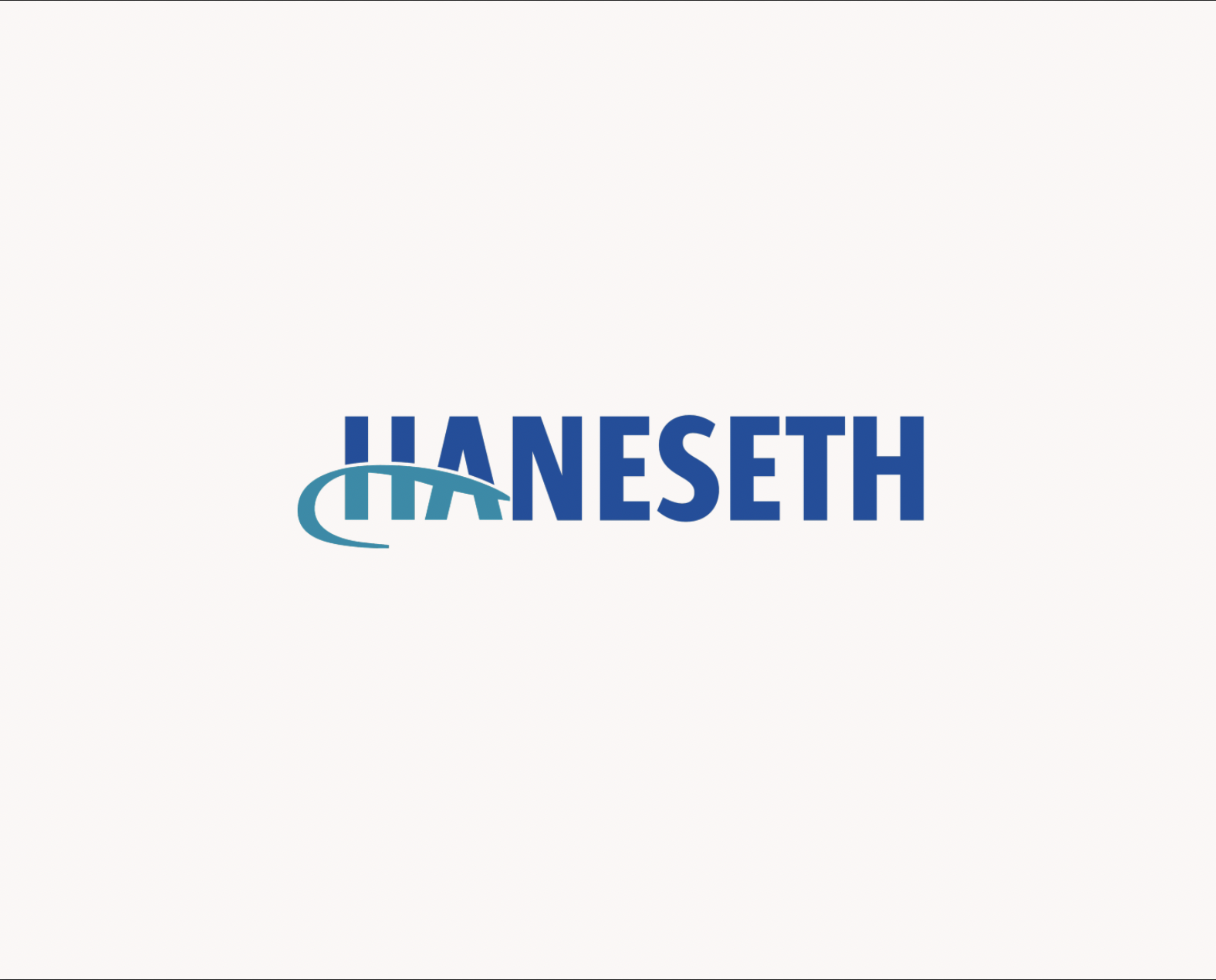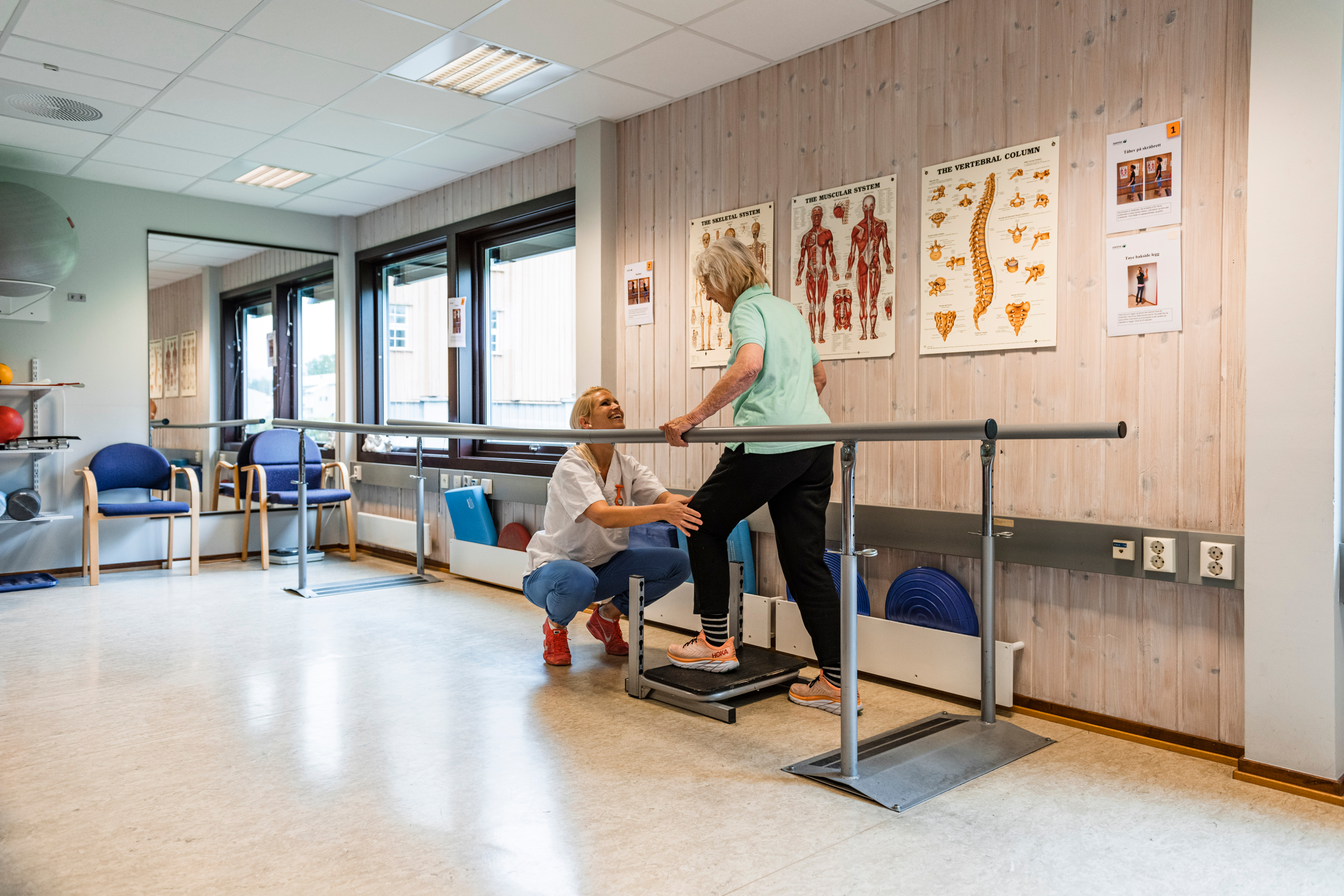How Dueland Car Service reduced absenteeism
When absenteeism reached 30%, Dueland Car Service struggled. With Avonova Assist's help, they regained control through structured sick-leave routines.

From 30% to 3% absenteeism
The first paragraph of an article is often an introduction to the text. Sometimes it’s called the “lead,” and sometimes that word is spelled “lede.” When you’re writing an article—whether it’s for a blog or a review site or somewhere else—it’s always a good idea to begin with something interesting to hook a reader. If it’s a piece of thought leadership, maybe you want to start with a little anecdote, or a familiar problem. If you’re putting together something for businesses, you might start off with a relevant piece of data.
High absenteeism and the turning point
At Dueland Car Service, sick leave was rampant, causing disorganization. CEO Silje Dueland regained control using Avonova Assist, which simplified documentation and reminded managers of key actions.
Practical sick-leave management
Dueland developed practical sick-leave routines with Avonova Assist. These routines were adaptable, turning sick-leave management into an ongoing process.
Structure in practice
With support, health-and-safety work became reliable and solution-oriented.
Results: From 30% to 3% absenteeism
Absenteeism dropped to 3%. Employees returned to work.Lessons learned
- Structure provides security for managers and staff.
- Collaboration is key and control isn't.
- Occupational health services are invaluable partners.
- The benefits are human, organizational, and economic.






